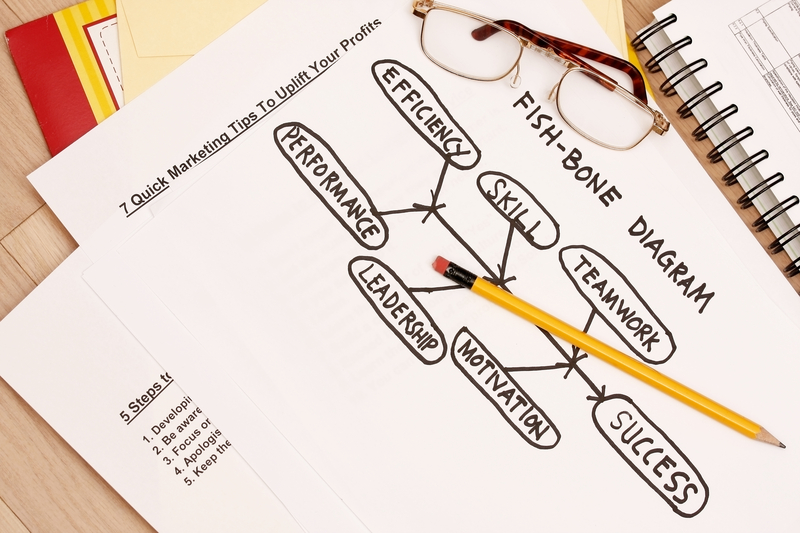We’re very familiar with the Fishbone Diagram (Cause and Effect Diagram), also known as the Ishikawa Diagram, whereby we analyze the potential causes of a given effect. We will look at the Reverse Fishbone Diagram which is used to analyze the impacts of a change.
Other names for the Reverse Fishbone Diagram include:
- Backward Fishbone Diagram
- Action and Effect Diagram
- Solution Impact Diagram or Solution Effect Diagram
- Impact Analysis Diagram or Change Impact Analysis Diagram
The proposed change is at the head of the fish. Potential impact areas, which could be the usual People, Methods, Materials, Measurement, Machines, and Environment are the bones. We brainstorm how the proposed change impacts these areas.
We’ll start with a video from Dennis Taboada, CEO of DTI Training Consortium introducing the Reverse Fishbone Diagram with a simple example.
You can view the video here.
In another video from I-Nexus , Christian Loyer discusses the traditional fishbone and the reverse fishbone diagrams. To go directly to the discussion of the reverse fishbone, start the video at 10:20.
You can watch Christian’s video here.
Earlier we mentioned that another name for the reverse fishbone diagram is the Action Effect Diagram.
In a presentation titled “Using QI Tools: Action Effect Diagrams” from Healthy London by Tom Woodcock we learn how the Action Effect Diagram can be used in the healthcare field.
You can access Tom’s presentation here.
Also, as we mentioned earlier, yet another name for the Reverse Fishbone Diagram is the Solution Effect Diagram. An article published by the Meeting Tool Chest describes the diagram and gives some guidance for its use.
You can read the article here.
Suggestions
Consider using the Reverse Fishbone during the Pilot Project implementation in the Improve Phase of your Lean Six Sigma project in order to analyze the effects of your improvement solution(s).
Don’t you wish that all government policymakers would at least sit down and do a simple reverse fishbone analysis before rolling out a new directive?
Interested in expanding your knowledge on Lean Six Sigma? Take your career to the next level and join ISSSP today! Access the hundreds of videos, webinars, whitepapers, case studies, and other resources available in our library. Learn More Here







Leave A Comment